Civil War infantry soldiers, Union and Confederate carried what was known as a musket. These muskets came in numerous varieties and flavors, however for the purpose of this post, we will discuss only the more common models.
1861 percussion rifle-musket
The Model 1861 Springfield Musket was the standard and most widely used rifle-musket of the Civil war. The musket was manufactured by the Springfield Armory in Massachusetts at a cost of approximately $18 as well as a number of other private contractors. It is estimated that approximately 1 million of these muskets were made during the Civil War.
The Model 1861 was quite accurate featured a rifled bore, parts that could be interchanged and percussion cap ignition system The musket weighed about 9lbs and was 58″ in length and fired a .58 caliber lead minie ball.
Enfield rifle
In order to meet the demands of suppling the armies with weapons, both Union and Confederate governments imported large quantities of weapons from England. The most common was the British Model 1853 Enfield rifle-musket which was similar to the Model 1861 Springfield in that it weighed about 9lbs, and fired a .577 caliber minie ball. This musket was said to be accurate at 1,000 yards. There were approximately 400,000 of these weapons used by both sides during the course of the war although they were more common in the South.
An important factor in selecting the Enfield was that the .58 caliber bullet used in the Springfield model by both Union and Confederate forces was interchangeable with the .577 Enfield.
The lead minie ball
The standard bullet used during the Civil War for both the North and South was the minie ball. French army Captain Claude Minie created this conical shaped lead bullet that had a hollowed out bottom in 1848. The bottom was hollow because after the bullet was rammed into the bore of the musket, it packed better into the powder charge and once fired, the bottom would expand into the grooves of the barrel (rifling). This process caused the bullet to spin as it traveled down the barrel thus making it more accurate. Think of it like a quarterback throwing a football. A quarterback puts a spin on the football in order to make it fly farther and more accurately. These bullets could travel a half-mile or more, and the average soldier could hit a target at 300 yards.
Neither side anticipated the impact that the minie ball would have on the battlefield. The minie-ball forced commanders to fight defensive battles rather than traditional frontal assaults. Since the bullet was made from soft lead, when it entered the body and struck a bone, it would flatten out and shatter the bone thus inflicting more damage. There are even reports from Gettysburg of trees dying from lead poisoning from being shot so many times.
The Civil War Preservation Trust has a nice table on its page that shows the differences in accuracy from smoothbore muskets to rifled-muskets.
The average Civil War Solder could load and fire his musket 3 times per minute (in 9 distinct steps). If the soldier were to fire non stop for 30 minutes, how many shots would he have fired? What about a company of 100 men? Or a regiment of about 750 men?
Check out this photo of how two bullets hit each other in midair on the Civil War Photos blog.
Until next time…
************
References:
Minie ball photo credit: http://www.relicman.com/images/MM357.jpg
http://www.civilwarhome.com/civilwarweapons.htm
http://www.nps.gov/archive/gett/soldierlife/webguns.htm
Woodhead, Henry, ed., Echoes of Glory: Arms And Equipment Of The Union and Echoes of Glory: Arms And Equipment Of The Confederacy. Morristown, N.J.: Time-Life Publishers, 1991

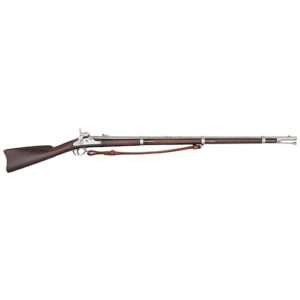
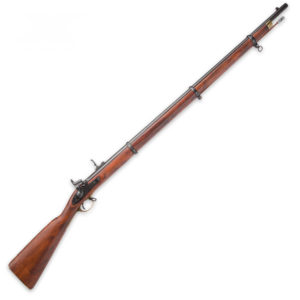
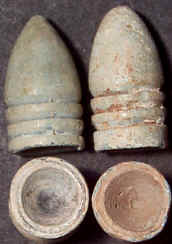

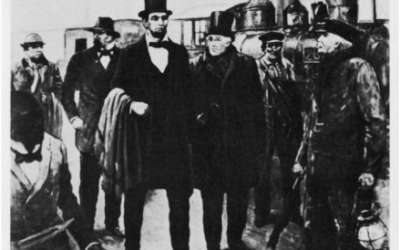
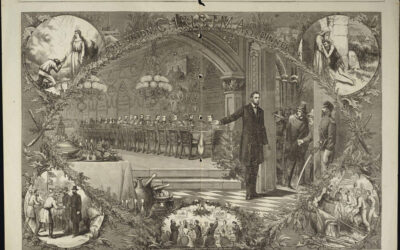
0 Comments